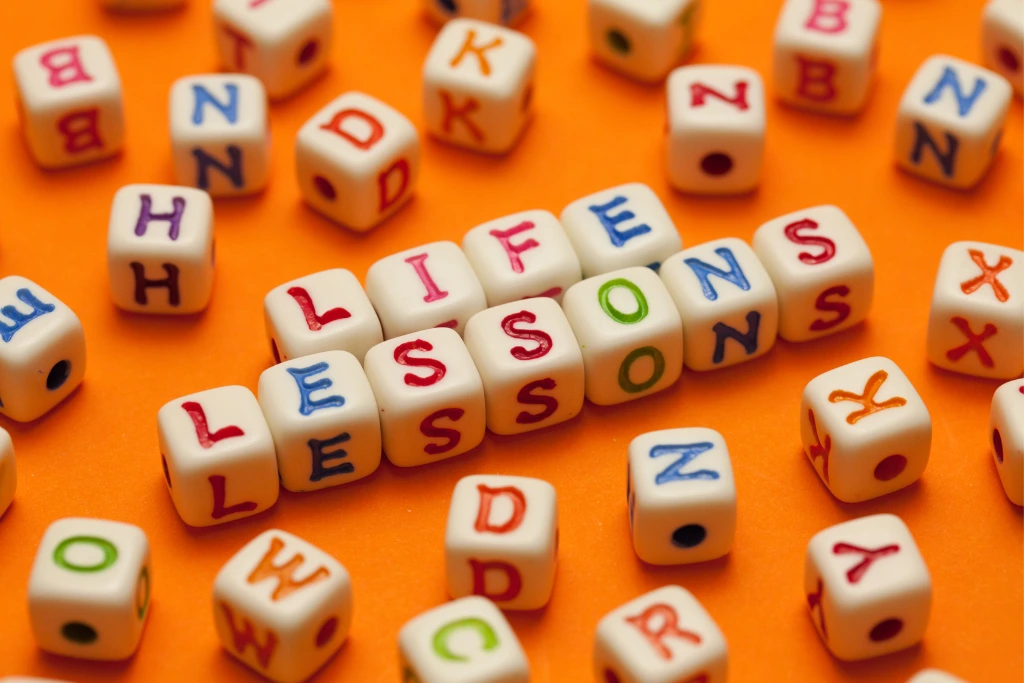
“Type A personality” is a term that was first used by two heart doctors in the 1950s. They observed how patients with heart conditions behaved while waiting to see the doctor and noticed that some couldn’t sit still, others sat on the edge of their seats, and some jumped up frequently. These patients were labeled “Type A,” and subsequently research showed that people with this type of personality were more likely to develop heart disease or high blood pressure.
“Type A Behavior Patterns” encompasses competitiveness, urgency, and hostility. Type A people are always striving to accomplish more and will be self-critical if they feel as though they’re wasting time. This can make them seem impatient or anxious to others, and they may try to pack too much into their schedule. All of these factors makes it easier for Type As to become angry or frustrated, meaning that listening patiently is often a challenge for them.
“Investing time into listening feels to Type A people like they are wasting it because the results of the investment are not immediately apparent,” says Dave Popple, Ph.D., president of Psynet Group. Type A people often find it difficult to listen, something that Stephen Garber, founder and president of the executive coaching firm Third LEVEL agrees with. “Type A personalities are usually so busy driving themselves and their teams forward that it is uncomfortable for them to pause long enough to listen,” he says. “This is often true for many of us, just more so for the Type As. The Type A thought process moves at such a quick pace that they are likely to have considered and decided what needs to be done, want to deliver that message, and move on to the next subject. It’s not always the most empowering or effective management,” Garber adds.
We spend the majority of our interactions listening, but only comprehend a quarter of what we hear. I would stake that for Type A personalities, it’s even less. The best chiefs, scholars, and cure finders are above all else great listeners. If you need to be convinced of that importance, watch any number of these TED Talks on the benefits of listening. Type A folks, we can do better, so here are some ways to become a better listener:
- Recognize that listening is worth your time.
The upside to this is that Type A people are very capable of focusing on a task, and the same goes for listening–as long as they deem it worthy of their time. “The Type A personality needs to be convinced that the investment will pay dividends,” Popple says. “Practically, if a Type A personality truly believes that the person talking may say something at any moment that will impact their goals, they will listen intently and even apply active listening skills to draw out the nugget of wisdom.” If you still need convincing that listening is a worth-while skill to develop (it is), watch these TED Talks.
[Related: 6 Ways to Be a Better Listener]
- Tap into the person’s emotions.
When you’re feeling shiftless and having trouble concentrating on listening, try easing into it by focusing on the emotions of the speaker first, then focusing on the content second. “When others are communicating with you, they are describing their attitude about something,” says Patrick Malone, senior partner at The PAR Group. “Those attitudes are influenced by both logic and emotion. Listen more for the emotion—how (voice and body language) they express themselves, then the what will make more sense.”
A different way to think about it? Teach yourself to read between the lines. “Sometimes a message is about what’s not being said as much as what is being said,” says Anastacia Kurylo, Ph.D., a corporate communication consultant and author. “Focusing on emotional expression—especially revealed through the face when communicating with someone—will give you insight into the goals of the speaker.”
- Wait. Observe. Allow.
Garber suggests using the acronym “WOA” to anyone who is struggling with cutting others off and trying to solve the problem for them. The “W” in WOA stands for “wait.” You should wait, deep breath, exhale, and repeat that three times. By then, you might not feel the urge to answer right away and cut them off. Additionally, you’ll be surprised at how much more information you can take in by simply waiting a few seconds longer. The “O” represents “observe” – meaning you will get to see and hear more if you just allow yourself too. And finally,”A” is for “allow” – allowing there may be solutions or responses other than your own; different from what YOU would do. “We have found that executives at all levels using this technique are far more satisfied and effective in their relationships and as leaders,” Garber says.
- Ditch the mental multitasking.
As tempting as it is to think about the other 45 things on your plate while this person is talking, now is not the time. “Part of being Type A is constantly multitasking, but recent research shows that no matter how well you think you’re multitasking, it reduces performance—including the ability to listen well,” says Molly Owens, CEO of Truity, which provides personality and career assessments. “Take a break from your internal to-do list and become an active listener, which requires focusing on the speaker with all your senses.” (We’ll excuse taste and touch.)
- Use this script.
It is only when you have fully broken from your internal to-do list and can focus solely on the content and emotion of what someone is expressing to you that you should reply. According to New York Times bestselling author and intimacy expert Laura Doyle, three magic words–“I hear you”–have transformed her interactions for the better. “It’s fantastically neutral,” she says. “I’m not agreeing or disagreeing with the speaker—I’m just listening, just bearing witness to what they have to say.”









